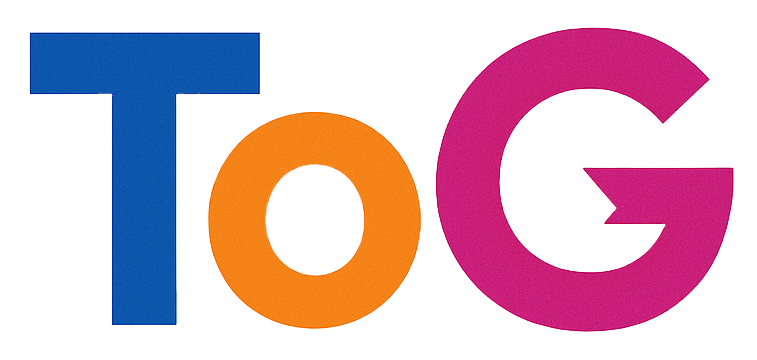Understanding the Impact of Lazy Loading on Heading Visibility and SEO Performance
In the realm of website optimization, implementing lazy loading has become a popular technique to enhance page loading speeds and improve user experience. However, developers and SEO professionals alike should be aware of potential unintended side effects, particularly concerning the visibility and indexing of critical content elements such as headings.
A recent observation highlights an intriguing issue: when inspecting a webpage through SEO analysis tools, it appears that only a handful of headings—typically two to three—are visible upon initial page load. As users scroll down the page, additional headings gradually become visible, which suggests that lazy loading might be influencing how content is rendered and accessed.
Possible Causes and Mechanisms
Lazy loading postpones the loading of certain page resources until they are needed, primarily to reduce initial load times. While this is beneficial for performance, it can sometimes interfere with how search engines crawl and index content. For instance, if headings are loaded asynchronously or only appear upon scrolling, search engine bots like Googlebot might not see the complete set of headings during the first crawl. This could lead to partial indexing of your content, potentially impacting SEO.
Implications for Search Engine Optimization
The core concern is whether this delayed visibility of headings affects your website’s SEO rankings. Search engines rely heavily on headings to understand the structure and relevance of your content. If headings are not available during the initial crawl, it might hinder the proper understanding and ranking of your page.
However, Google’s crawlers are sophisticated and often execute JavaScript, allowing them to see dynamically loaded content during subsequent crawling phases. Nevertheless, it’s essential to ensure that your implementation of lazy loading is crawl-friendly and does not inadvertently block essential structural elements of your page.
Best Practices and Recommendations
-
Ensure Progressive Loading: Make certain that critical headings and content are loaded in a manner visible to search engines during their initial crawl. This can be achieved by server-side rendering or using progressive enhancement techniques.
-
Use Proper Semantic HTML: Structuring your content with semantic tags (e.g.,
<h1>,<h2>,<h3>) helps search engines understand your page’s hierarchy regardless of loading strategies. -
Test with SEO Tools: Regularly evaluate your pages using tools like Google Search Console and SEO extensions to identify any content loading issues.
-
Monitor Google’s Crawl Reports: Keep an eye on how Googlebot indexes your pages, especially after implementing lazy loading, to ensure your content is being properly understood.
**

